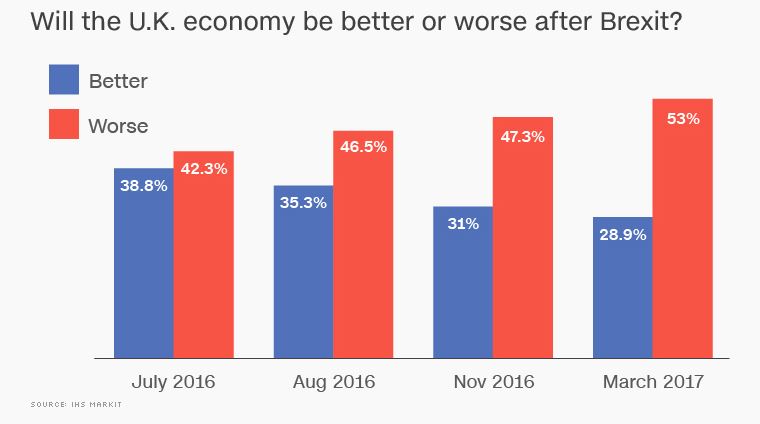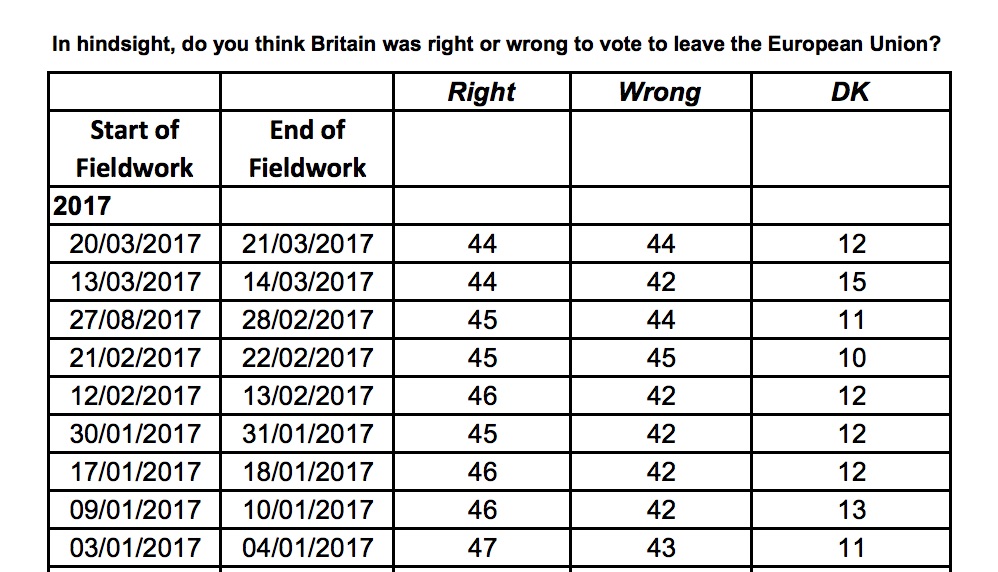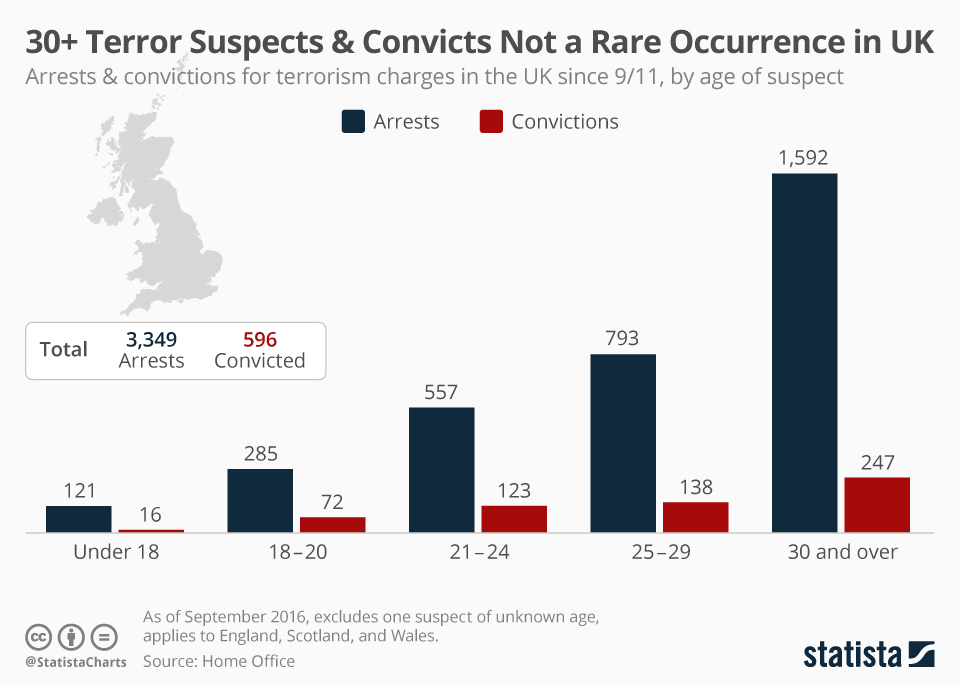There’s much hoo-hah about major corporations suddenly being scandalised by the discovery that their digital advertising appears alongside all kinds of objectionable YouTube videos. A sceptic might ask: what took them so long to realise this? One answer might be that most corporate executives don’t ever look at the kind of stuff on YouTube that kids watch. But, anyway, now they have discovered what’s been going on and they are reacting like scandalised Victorian spinsters who have just caught a glimpse of a naked ankle.
And they’re withdrawing their ads. As the NYT reports this morning:
But the technology underpinning YouTube’s advertising business has come under intense scrutiny in recent days, with AT&T, Johnson & Johnson and other deep-pocketed marketers announcing that they would pull their ads from the service. Their reason: The automated system in which ads are bought and placed online has too often resulted in brands appearing next to offensive material on YouTube such as hate speech.
On Thursday, the ride-sharing service Lyft became the latest example, removing their ads after they appeared next to videos from a racist skinhead group.
Google, sensing that this is going to turn into a PR nightmare, is responding in textbook fashion. Soothing noises, promises of technological fixes, plus gentle chiding of advertisers for apparently not being aware that they are not using the ‘tools’ that Google provides for decreasing the likelihood of their ads being seen in undesirable company.
The big question, of course, is whether this fuss is likely to do real damage to the company. Lots of investment analysts are crawling all over this. Here’s one assessment from RBC Capital Markets:
We built a very simple analysis based on the following assumptions: YT [YouTube] is roughly $14B of Revenue in 2017, and GDN [Google Display Network] is $4.8B (GOOG does not disclose so these are very rough ests); GDN pays 70% TAC; YT & GDN have roughly the same Net margins as our estimates for Alphabet as a whole (26.7% GAAP NI margins on Net Revenue). With this as a backdrop, a 10% hit to YT and GDN revenue in 2017 would be a 1.7% reduction to Net Revenue / GAAP EPS ($1.5B / $0.59) and a 2% hit would be 0.3% reduction ($309MM / $0.12).
If that’s right, this controversy is relatively small beer as far as Google is concerned. My conclusion: expect more soothing PR-speak and very little action.



